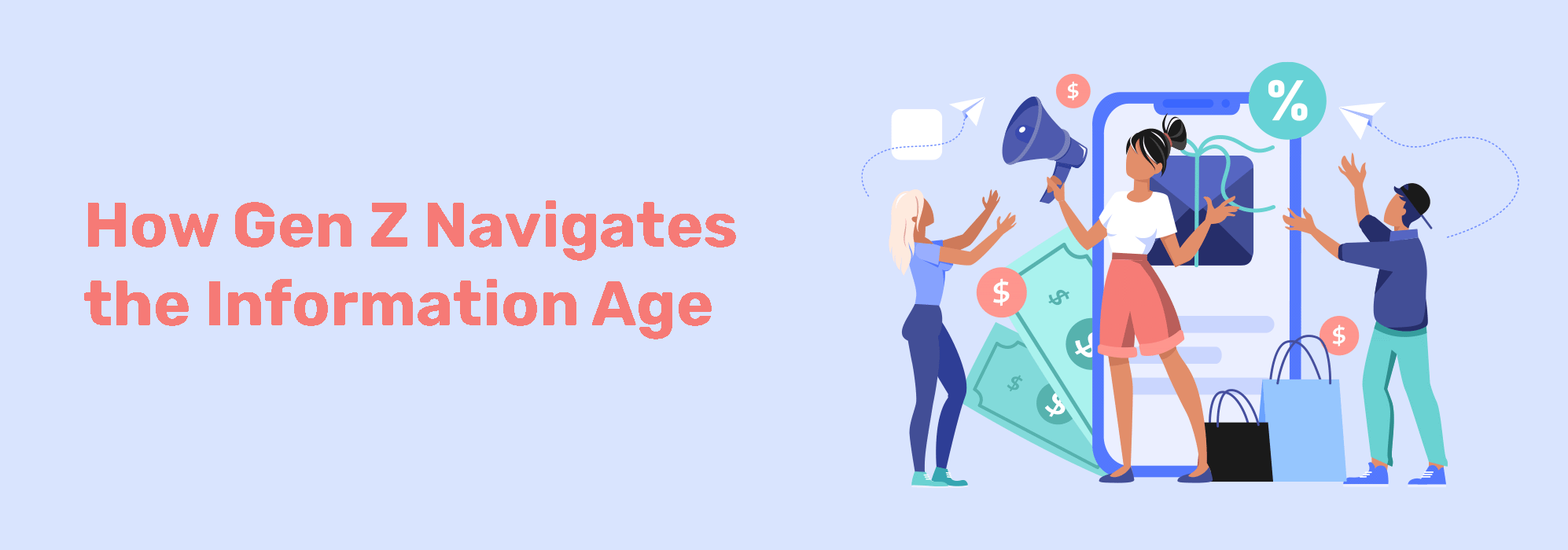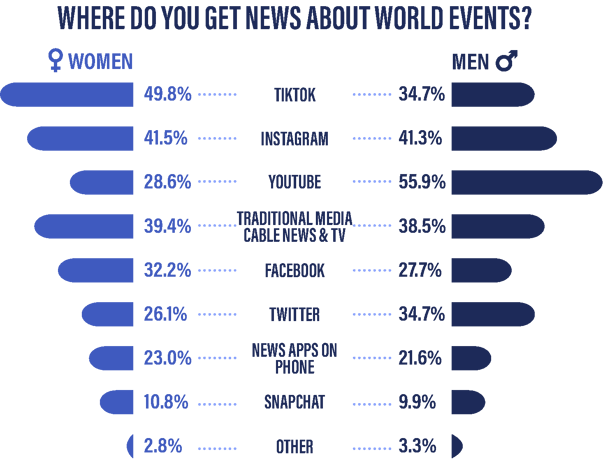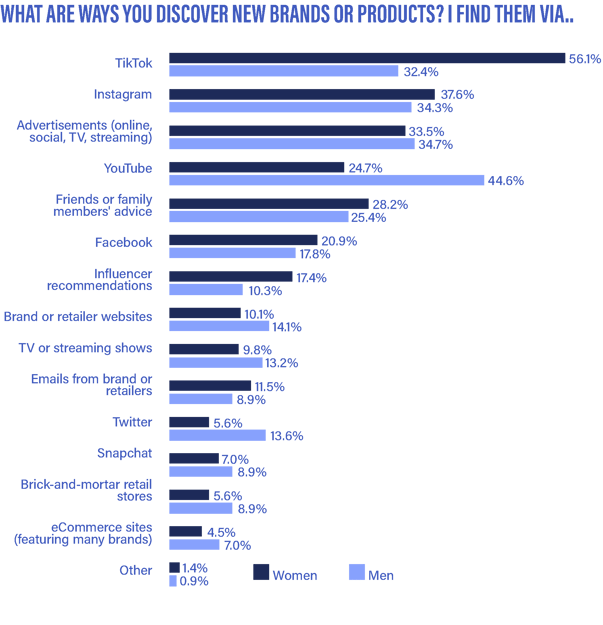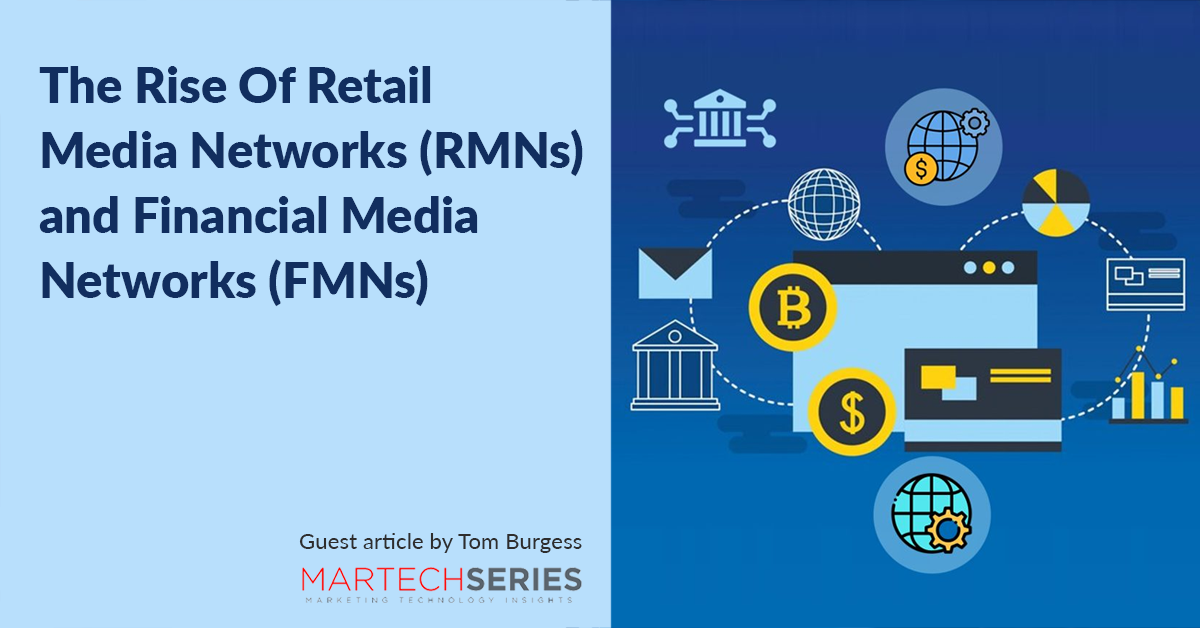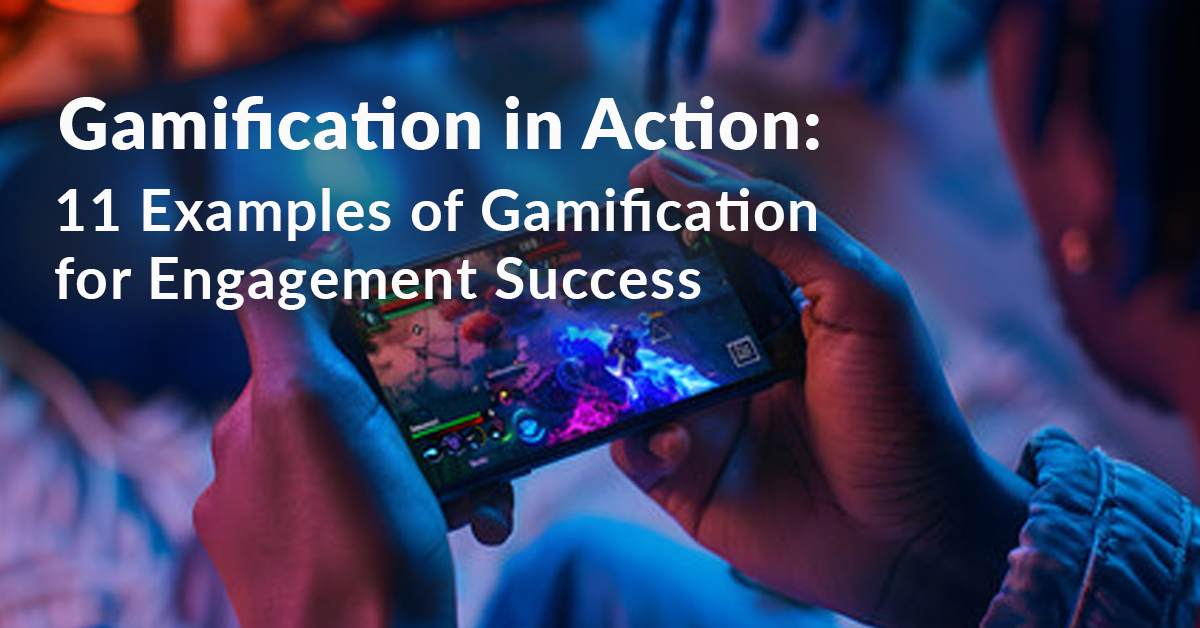Product Research Before Purchase
Gen Z exhibits a strong preference for conducting their own research when it comes to making purchasing decisions.
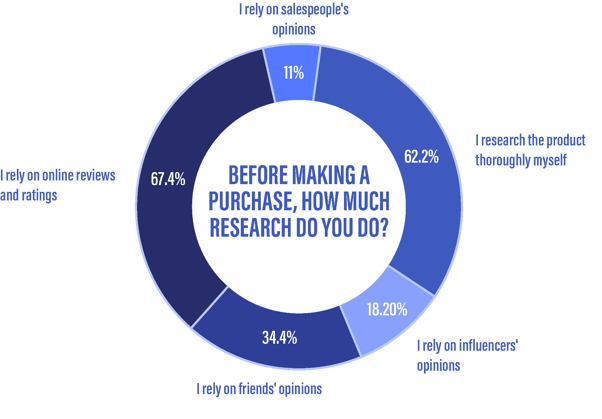
While influencers may not rank as high, they still serve as an important channel for gathering product content, images, videos, and driving reviews and ratings.
The survey also highlights 68% of Gen Z consumers read or watch a minimum of three reviews before making a first-time purchase, with 16% engaging with nine or more ratings and reviews. This aligns with their preference for gathering information independently using the digital tools they are accustomed to. Gen Z places value on user-generated ratings, which provide social proof and third-party validation that retailers and brands may not directly offer. McKinsey's research further emphasizes that products with a rating of 3.5 stars or higher account for 95% of units purchased in the highest-selling categories, reinforcing the significance of ratings in Gen Z's decision-making process.
Influencer Impact on Purchases
The survey findings highlight the role influencers play in driving product awareness and consideration. Approximately 18% of the respondents rely on influencers as a channel for product discovery. The impact of influencers varies between male and female respondents, with distinct preferences for different categories.
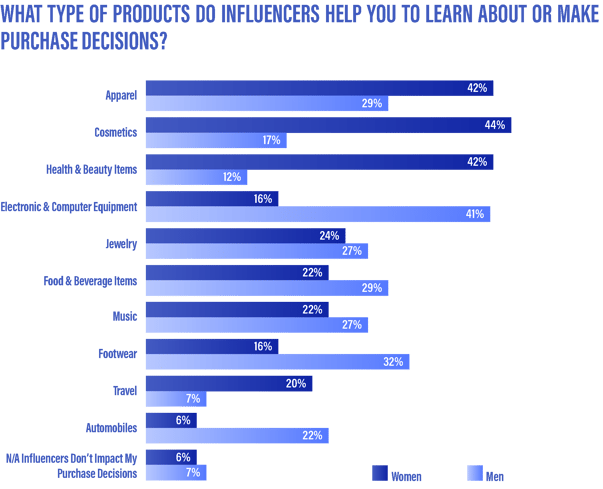
The upbringing of Gen Z, characterized by pandemic lockdowns, virtual learning, and routine security drills, has shaped their pragmatic and grounded outlook towards the people they look up to and receive advice from. Traditional celebrity culture has been replaced by the authenticity of influencers' "real-life" worlds, where anyone can be a star content creator, even though some aspects of influencers' lives may be staged.
Brands have adopted diverse strategies to leverage influencer marketing to drive sales. For instance, H&M initially hired a large number of creators, rotating them monthly to quickly build public awareness. However, this approach fell short of resonating with audiences seeking more authentic connections. Consequently, H&M shifted to partnering with 20 specific influencers for year-long collaborations, allowing followers to develop a deeper connection with the creators and elevating H&M's brand and product attributes more directly to drive sales.
Conclusion
The findings of the Gen Z survey provide valuable insights into how this generation navigates the information age and approaches their purchasing decisions. Gen Z's preferences and behaviors are strongly influenced by their digital upbringing and constant connectivity.
In conclusion, understanding Gen Z's information-seeking habits and purchase habits is essential for brands aiming to capture their attention and loyalty. Gen Z's reliance on digital platforms, preference for authenticity, and emphasis on personal research and social proof shape their consumer behavior. Brands must adapt their marketing strategies to meet the unique needs and expectations of Gen Z to effectively engage and drive sales among this influential generation.
Inside the Gen Z Mind
The survey results reveal new insights into the Gen Z psyche that will impact how you approach marketing to remain relevant. So read on to learn more! Or Download the full report here.


